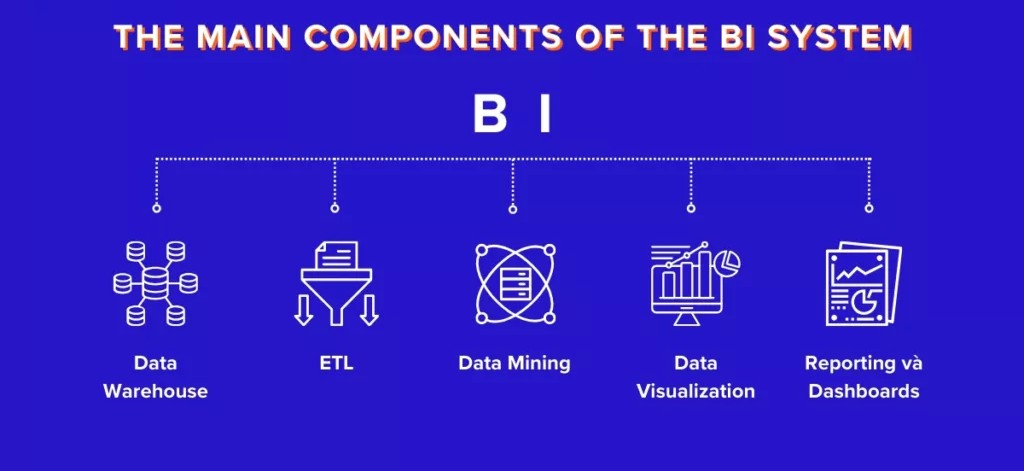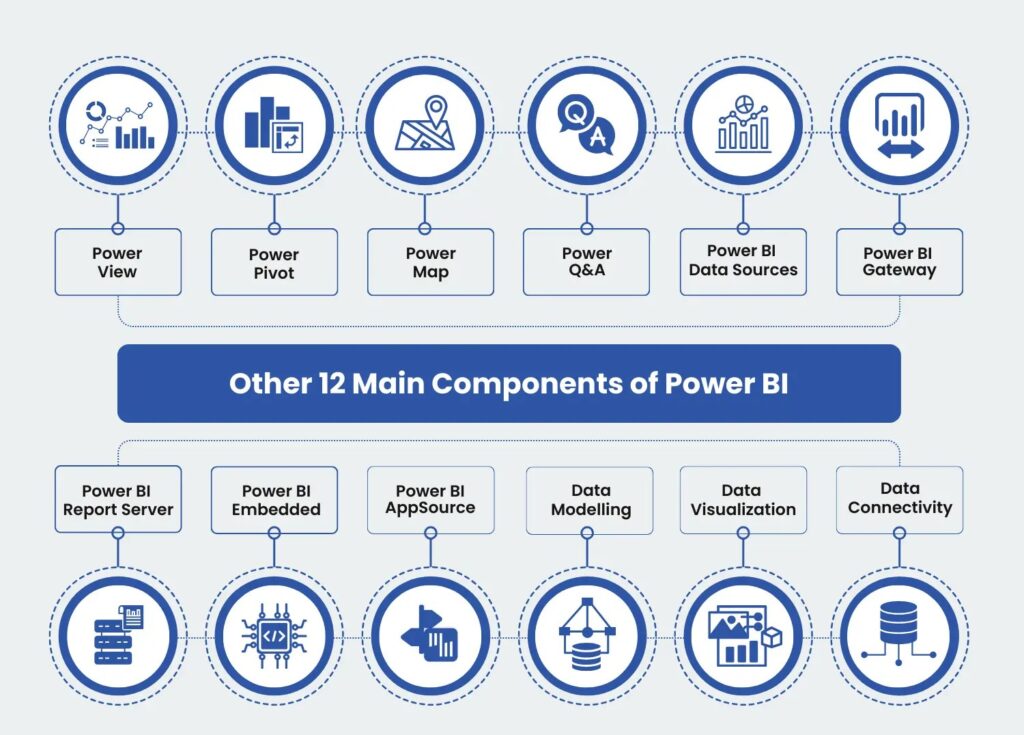
Business Intelligence
During the final phase of my university studies, I found myself facing numerous job opportunities, several companies reached out to me to manage websites, develop various applications, or work as a system administrator, however, none of these proposals truly aligned with my interests and professional aspirations.
I felt that something was missing a spark that would make my work stimulating and meaningful.
It was then that, through personal research, I discovered a field that immediately captured my attention: Business Intelligence (BI).
This technical discipline fascinated me from the start because it wasn’t just about writing code or managing IT infrastructures, it was about something bigger giving value to data by transforming it into strategic and useful information for businesses.
Business Intelligence is a field that allows for the collection, processing, analysis, and visualization of data to support business decisions, through specialized tools and advanced techniques, it is possible to extract valuable insights, optimize processes, and improve corporate efficiency.
In other words, BI is not just about technology it bridges the gap between technical expertise and strategic decision making.
Entering this field was a turning point for me, it allowed me to combine my passion for technology with my desire to make a tangible impact on how businesses operate and make decisions.
Today, working with data and analytics, I truly feel like a part of a transformation process that helps people work better and more efficiently.
At the beginning of my journey in BI, I had to make an important decision: should I start with Qlik or Power BI to gain experience and learn the trade?
After careful consideration, I decided to dive into Microsoft’s Power BI suite, I underwent about six months of training, working alongside experienced professionals while handling projects for various clients.
After gaining initial hands-on experience, I was assigned to more complex projects, collaborating with well-known companies such as Cattolica and Caritas for a few more months.
Then came a major turning point Reply, a renowned consulting firm, brought me on board and placed me in a large scale project within the OVS Group.
This has been my most significant professional challenge so far, and I am still part of this incredible journey today.
At OVS, my initial project was to migrate all reports, analyses, and data extractions from SAP BO to the Microsoft suite, for an entire year, I worked tirelessly to recreate, modify, and refine these reports while granting users access within Power BI.
This process required me to adapt to the company’s structure and comply with administrative constraints, in total, I migrated around 120 reports of various types.
The following year, as Power BI became widely used at both operational (store level) and executive (board level) levels, I was given greater responsibilities.
I developed an automated update structure using Azure and Power Automate, implemented role based row-level security via REST APIs, and set up monitoring for error detection in data flow updates.
Throughout this period, I continued migrating legacy analyses to Power BI while creating new ones based on department requests.
Over the past year, after establishing a solid reporting structure with approximately 250 accessible reports, I began focusing on e-commerce analytics.
To streamline my work, I built a small data warehouse, which introduced me to functional analysis, three-tiered data structuring (bronze, silver, and gold), endpoint mapping, invoice management through dummy lines, and more leveraging Microsoft Fabric to facilitate these operations.
One of the more complex and rare tasks I handled during this period was the migration of region and capacity settings, initially, Power BI was used by only around 500 employees; today, that number has grown to 3,000.
I was also entrusted with the supervision of all activities within the platform, ensuring its proper use and maintaining administrative rights.
The Current Landscape
As of now, the system I manage consists of:
21 Power BI Apps
60 Workspaces
400 Reports
200 Datasets
3,000 Users, with 2,000 actively using the platform
Row-level security applied across all reports
Approximately 90% of the components have been designed, developed, and published by me, while the remaining 10% were created by external contributors for projects predating my tenure or for analyses requested by the non-Italian OVS IT division.
My journey in Business Intelligence has been both challenging and rewarding.
Through continuous learning and problem-solving, I have built a robust and scalable analytics environment that supports decision-making at all levels of the company. Looking ahead, I am eager to further refine these systems, explore new BI technologies, and continue driving data-driven transformation at OVS.

